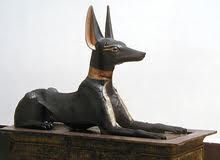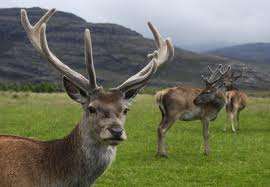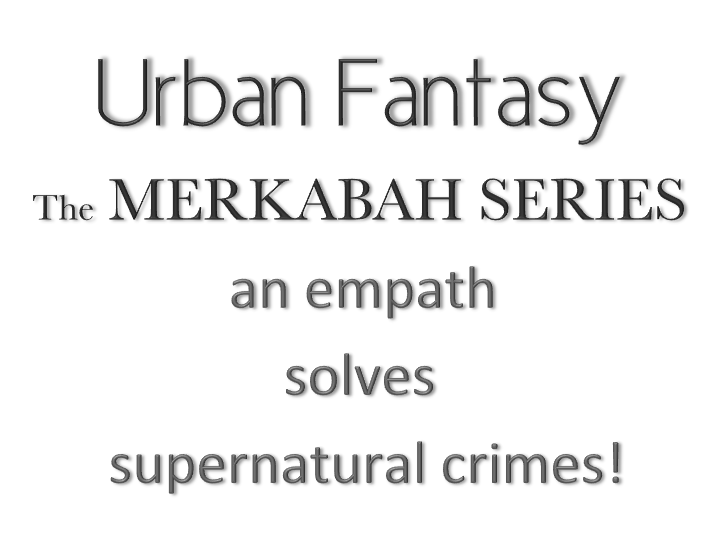From feisty felines to kangaroos, animals amuse, captivate, intrigue, and frighten the hell out of us.
Animal symbolism is a mixed bag. For example, dogs are symbols for loyalty and friendship, and yet to call someone a dog indicates the person is mean, ugly, or displays animalistic lusts.
Shakespeare’s characters ( Macbeth and Julius Caesar come to mind) equate dog’s temperaments and breeding with men’s. Then there’s that whole “Let slip the dogs of war” speech by Marc Anthony before all hell breaks loose in Rome after Caesar’s assassination.
Note: This is a blog so a quick glimpse of animal symbolism is all you’re getting!
Bats:
-
Synonymous with vampires. Bram Stoker’s Dracula claimed vampires could control and morph into the creature of the night.
-
The bat’s 1/2 bird 1/2 rat appearance makes it the perfect symbol of duplicity.
-
Art depicts demons with bat-like wings.
- Bats = evil???
Fruit bat
-
In Samoan folklore, the bat is a forest guardian (NOT evil).
-
But in New Guinea it’s likeness is carved on war shields and symbolizes head hunting.
Bear
-
Giant, brave, powerful, and fierce, the bear is a symbol of many war gods.
-
Linked to healing, wisdom, and medicine in shamanistic religions.
Black Sheep
-
A nonconformist, a renegade, does not ft in with the others.
-
In need of direction, spiritual or otherwise.
Boar
-
Fierce, feral beasts who attack with little provocation, the wild boar is symbolic of strength and courage since ancient times.
-
It’s a shape shifter in Druid culture.
-
Celts believed it a sacred animal with mystical powers.
- The boar was very symbolic in William Golding’s Lord of the Flies ( since you read all about Bug Symbolism in an earlier post, you remember that Satan was also known as the The Lord of the Flies–makes you wanna read the classic novel again, yes?)
Camel
-
The kneeling posture made it a symbol of prayer and devotion.
-
The camel is the quintessential beast of the desert, and symbolizes restraint, forbearance, endurance, and humility.
-
The humped creature is also symbolic of wealth–the Mercedes of the desert so to speak.
Cat
-
God or Demon? The cat—small, medium, or lion-sized—has been worshiped for thousands of years.
-
Linked to both solar and lunar aspects.
-
Respected as fierce hunters.
-
Symbol for speed, power, and grace, and beauty.
-
Symbolic of nobility.
Quick cat facts
-
Ancient Egyptian goddess Bastet takes the form of a cat.
-
Hindu goddess Durga rides a tiger.
-
Shiva dons a tiger skin.
-
The jaguar is the incarnation of Tezcatlipoca, The Aztec god.
-
South American shamans become jaguars after death.
-
Emblematic of Egyptian God of the Underworld , Osiris.
Cow
-
Emblematic of Mother Earth and maternal care.
-
Sacred to Hindus.
- Sad, huh? How calling someone a cow means they are fat, dull, and lazy.
Coyote
-
A trickster figure in Native American cultures.
-
Symbolic of both common sense and stupidity, it’s dualism makes it a creature who transforms and edifies.
Dog
-
Dogs were used for hunting and companionship. They symbolize loyalty, protection, and hunting
-
Cerberus, the 3-headed dog in Hades, represents the entrance to the underworld and all of its secrets.
Donkey
-
Take your symbolic pick. The donkey is symbolic of indecency and stubbornness or humility and endurance.
Elephant
-
An almost universal symbol for power, strength, wisdom, and steadfastness.
-
Hannibal ‘s choice of beast to cross the Alps displayed his might.
Fox: “Crafty like a fox.” No doubt the saying comes from the fox’s symbolic heritage. Sneaky, crafty, sly, treacherous–another Trickster figure. In both Native American and eastern cultures, the fox is a shape-shifter. In Japanese folklore, Kitsune can be either good or bad ( I go into a bit more detail in The Merkabah Recruit)
Gazelle: The fleet of foot creature is symbolic of grace, goodwill, and swiftness.
Goat: The beast symbolizes fertility and lust—that’s where we get the saying “horny old goat.” The goat is also associated with Bacchus (party sex god), Pan, and Zeus. In art, devils or demons are often depicted with hooves and/or horns. But the goat has some positive aspects too–determination and nimbleness (climbing rocky mountains is difficult).
Hare: A trickster figure ( of The Tortoise and the Hare fame). The hare is also a symbol of fertility ( as my daughter might say “you think?”). Once a manifestation of the Buddha.
Hedgehog: Early Christians deemed the furry roll-up-in-ball critter evil. Irish lore contends that witches changed into a hedgehog so they could drink milk from cows. Native Americans saw the critter as a symbol for self-preservation.
Hippopotamus: To ancient Egyptians, the hippo was a symbol of rebirth and renewal.  Tawaret, goddess of childbirth, was depicted as a pregnant hippo (well, if that ain’t the perfect metaphor).
Tawaret, goddess of childbirth, was depicted as a pregnant hippo (well, if that ain’t the perfect metaphor).
Horse: Beauty, speed, nobility, freedom–the horse is associated with the sun and sky gods. The color of the horse is also symbolic. White horses are symbols of spiritual rebirth ( Knight on White Horse). The winged-horse Pegasus is connected to the sun and represents spiritual aspects.
Hyena: Eater of dead flesh, scavenger–and, no doubt, with its weird laugh/bark—the hyena is associated with uncleanliness, avarice, and cowardice. It was once thought that the hyena could change sexes and so it became a symbol for sexual abnormality.
 Jackal: The desert scavenger is symbolic of evil and destruction in India. The regal-looking creature, however, was worshiped as the god Anubis in Egypt. In the Bible, the jackal is associated with desolation.
Jackal: The desert scavenger is symbolic of evil and destruction in India. The regal-looking creature, however, was worshiped as the god Anubis in Egypt. In the Bible, the jackal is associated with desolation.
Kangaroo: The leaping marsupial is symbolic of progress in Australia. The creature is associated with speed, and since the kangaroo can go months without water, it represents endurance.
Lamb: The iconic symbol for innocence, kindness, and passivity. The Christian symbol for Christ and sacrifice.
Monkey:They made an evil comeback as flying goons for the Wicked Witch, but the  creature is actually linked to deception and vanity. It’s considered one of the 3 senseless creatures–the other two are tigers ( for anger issues) and the deer ( for pining love).
creature is actually linked to deception and vanity. It’s considered one of the 3 senseless creatures–the other two are tigers ( for anger issues) and the deer ( for pining love).
Mouse: We say someone is mousy for a reason–they are associated with the meek and lowly. The little vermin is also a symbol of frugality.
Pig: A mixed bag of symbolism for this oinker. On the positive side, the pig is associated with fertility and abundance. On the negative, it’s linked to gluttony, ignorance, and selfishness. In Muslim and Jewish religions, this scavenger is considered unclean.
Ox: The beast of burden is symbolic of hard work, strength ,and prosperity.
Raccoon: With is Zorro-esque mask, the mischievous and nimble raccoon is a trickster figure to Native Americans.
Rat: In Asia, the rat is a good luck symbol. In the West, quite the opposite. The vermin is associated with plague, death, and destruction.
Ram: The ram is associated with virility. ( Isn’t that your first thought when seeing a Dodge ram truck?}
Rhinoceros: The formidable beast is symbolic of vitality, boldness, courage and fertility ( all the alpha-male traits) It’s massive horn is used as an ingredient in aphrodisiacs.
Stag: The stag is often depicted as heralding divine events. It’s also symbolic of hunting and fertility.
Wolf: Opposing symbolism for this fierce beast. Romans associated the animal with courage and victory. Modern beliefs associate it with greed, deviousness, and cruelty. Native Americans called upon the creature to counsel spirits in the afterlife. ( Think : Dances with Wolves)
I teach literary analysis ( must pay the bills) and remind my students to look closely at the symbolism in a novel. Why did the author include that fruit? Or name the character Neil? Why is the protagonist sitting under a pear tree? Why is her dress blue? Before jumping to any symbolic conclusions however, we look at the symbol in context of setting, history, and culture.
Related Links: Rock Your Writing; Symbolism & more symbols;

















